Description
Buckwheat (Fagopyrum esculentum) is a gluten-free pseudocereal that’s been nourishing people for thousands of years. Despite its name, it’s not related to wheat at all. Instead, it comes from the seeds of a flowering plant closely related to rhubarb and sorrel.
Its story begins in Southeast Asia, spreading through China, Russia, and Europe. In Japan, it became the base for soba noodles, in Russia for kasha, and in Eastern Europe for pancakes and dumplings. The name comes from the Dutch word boekweit, meaning “beech wheat,” because its seeds resemble beech tree nuts.
Nutritional Value (per 100g raw)
-
Calories: 343 kcal
-
Protein: 13.3 g
-
Fat: 3.4 g
-
Carbohydrates: 71.5 g
-
Fiber: 10 g
-
Iron: 2.2 mg
-
Magnesium: 231 mg
-
Manganese: 1.3 mg
-
Zinc: 2.4 mg
-
Vitamin B3 (Niacin): 7.0 mg
Nutritional Value (per 100g cooked)
-
Calories: 92 kcal
-
Protein: 3.4 g
-
Fat: 0.6 g
-
Carbohydrates: 19.9 g
-
Fiber: 2.7 g
-
Iron: 0.8 mg
-
Magnesium: 51 mg
Health Benefits
1. High-Quality Plant Protein
Buckwheat is one of the few plant foods containing all essential amino acids, making it a complete protein — ideal for vegetarians and vegans.
2. Supports Heart Health
Rich in rutin, a potent antioxidant, buckwheat helps protect blood vessels, lower cholesterol, and regulate blood pressure.
3. Blood Sugar Balance
Its low glycemic index and fiber slow sugar absorption, making it friendly for diabetics and those watching carbs.
4. Improves Digestion
The soluble fiber supports gut-friendly bacteria and promotes regular bowel movements.
5. Weight-Friendly Food
Keeps you fuller for longer, reducing unnecessary snacking.
Ayurvedic Perspective
In Ayurveda, buckwheat (kuttu) is light, dry, and warming. It balances Kapha and Vata doshas but can increase Pitta in excess. Traditionally consumed during fasting days, it’s valued for providing energy without burdening digestion.
Scientific Research Insights
-
Anti-inflammatory Properties: A 2018 study in the Journal of Food Science and Technology found buckwheat’s rutin reduces oxidative stress and inflammation.
-
Cholesterol Reduction: Research in Nutrients (2020) revealed buckwheat proteins help lower LDL cholesterol by binding bile acids.
-
Blood Sugar Support: Compounds like D-chiro-inositol improve insulin sensitivity.
Cultural Uses Around the World
-
Japan: Soba noodles made from buckwheat flour are eaten hot or cold.
-
Russia & Ukraine: Buckwheat kasha is a breakfast and dinner staple.
-
France: Buckwheat crêpes (galettes) are filled with savory ingredients.
-
India: Used in rotis, pakoras, and fasting recipes during Navratri.
How to Make it Taste Better
-
Toast Before Cooking: Lightly roasting dry buckwheat groats enhances nutty flavor.
-
Cook in Broth: Use vegetable or chicken broth instead of plain water.
-
Mix with Other Grains: Combine with rice or quinoa for texture variety.
Environmental Benefits
Buckwheat is a sustainable crop that grows well without chemical fertilizers or pesticides, thrives in poor soil, and suppresses weeds naturally. It also attracts pollinators, making it a farmer-friendly choice.
Storage & Pest Safety
Being naturally grown without pesticides, buckwheat should be stored in an airtight container in a cool, dry place. If pests appear, don’t panic — simply sun-dry and store again. Remember, natural grains with the occasional insect presence are far healthier than pesticide-laden alternatives.
Cooking Ideas
-
Buckwheat porridge with milk, nuts, and honey
-
Savory buckwheat upma with vegetables
-
Gluten-free pancakes with buckwheat flour
-
Buckwheat salad with roasted veggies and olive oil dressing
Why Choose Our Pesticide-Free Grains?
-
100% pesticide-free and naturally cultivated
-
Retains original aroma, taste, and nutrition
-
Handpicked and sorted for quality
-
Supports sustainable farming and farmer welfare
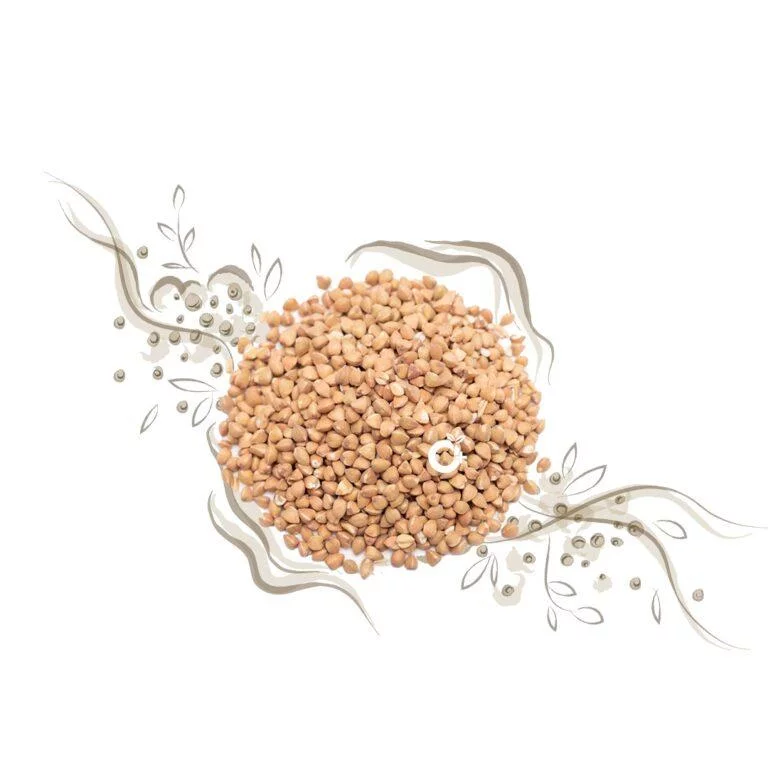
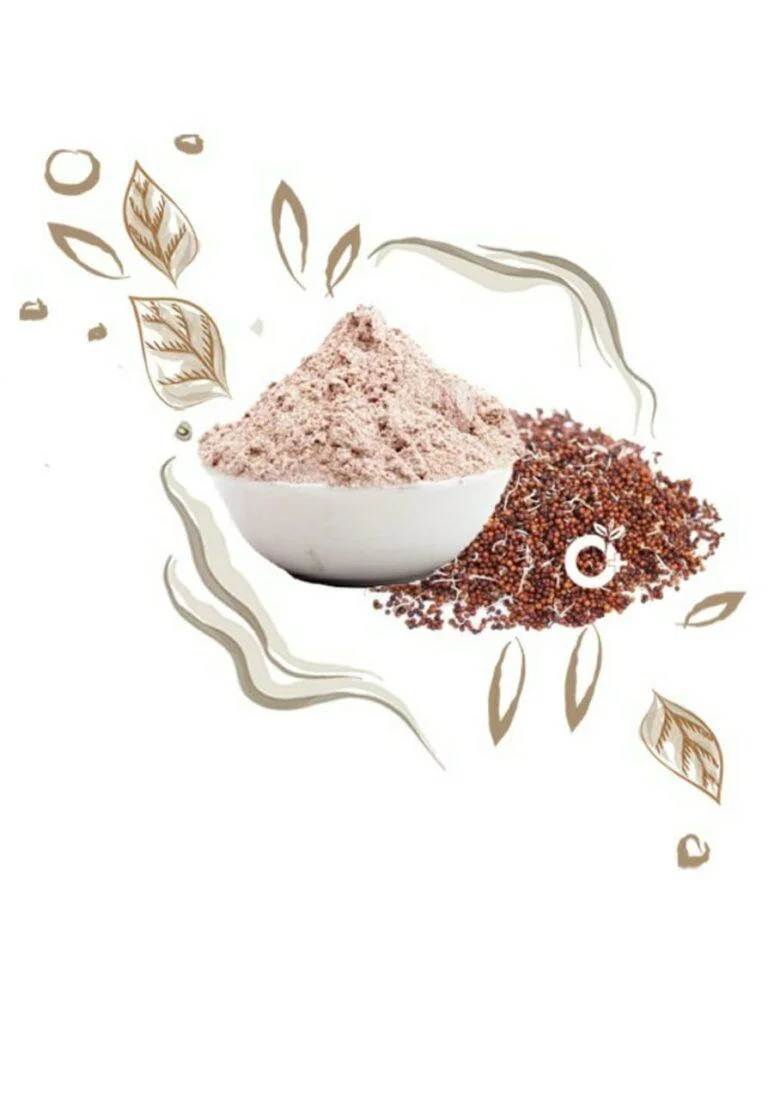

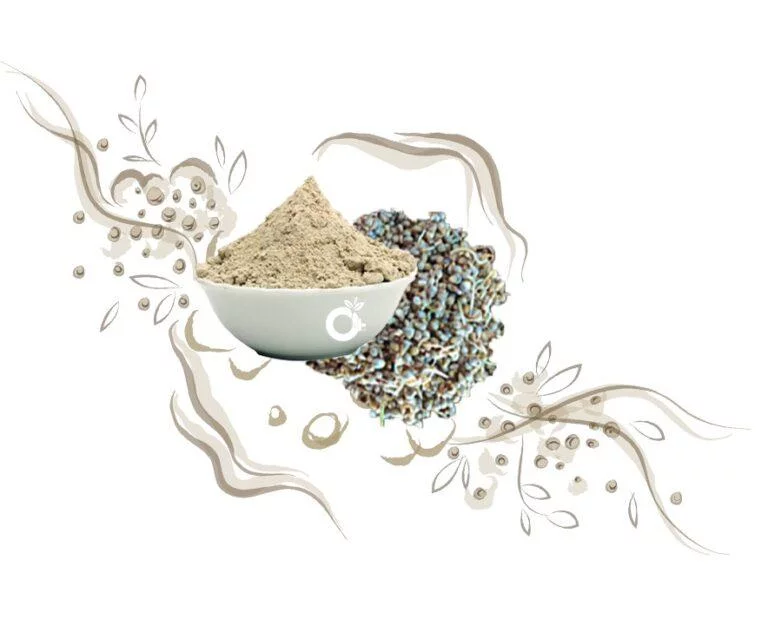
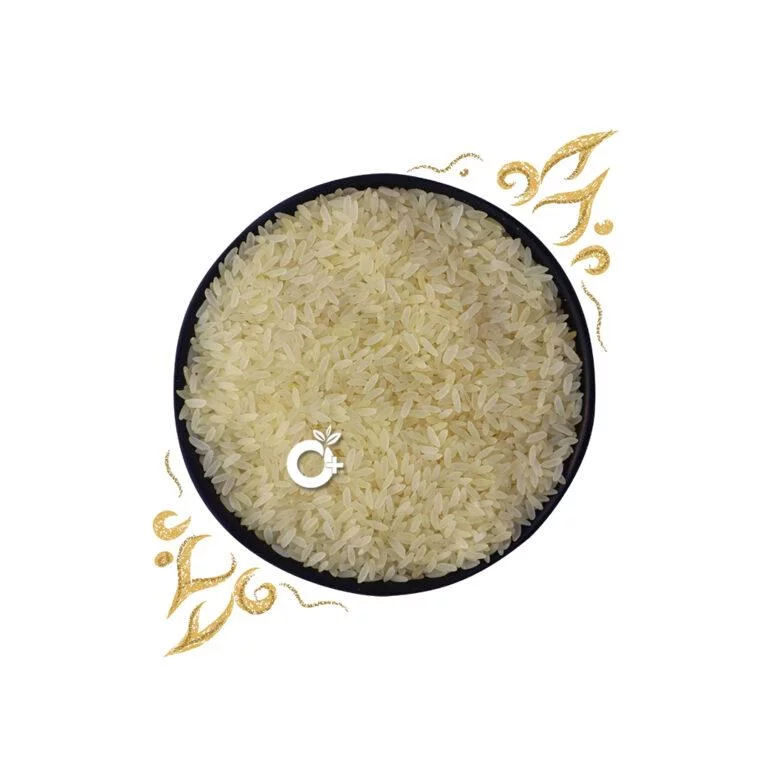

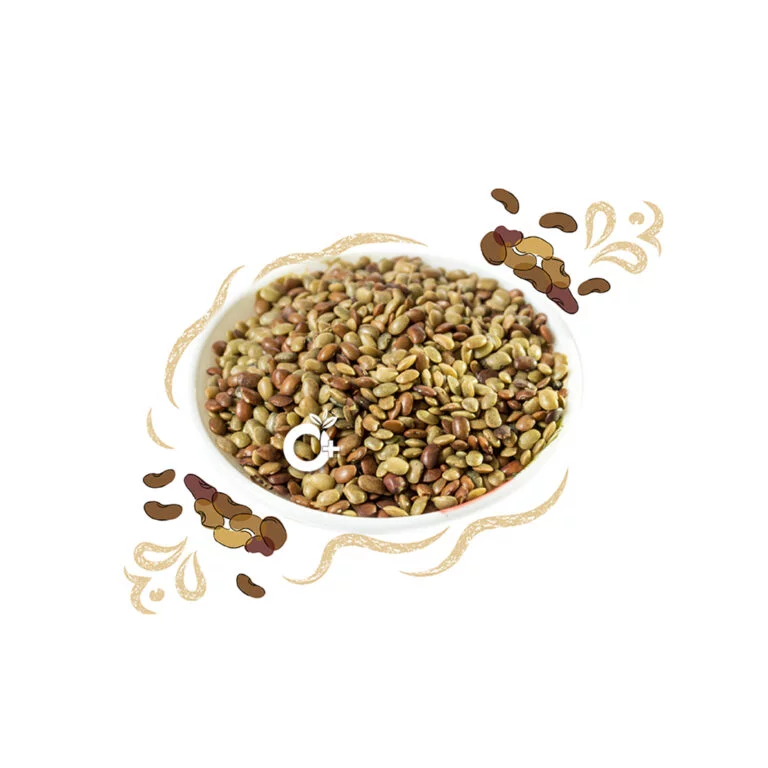
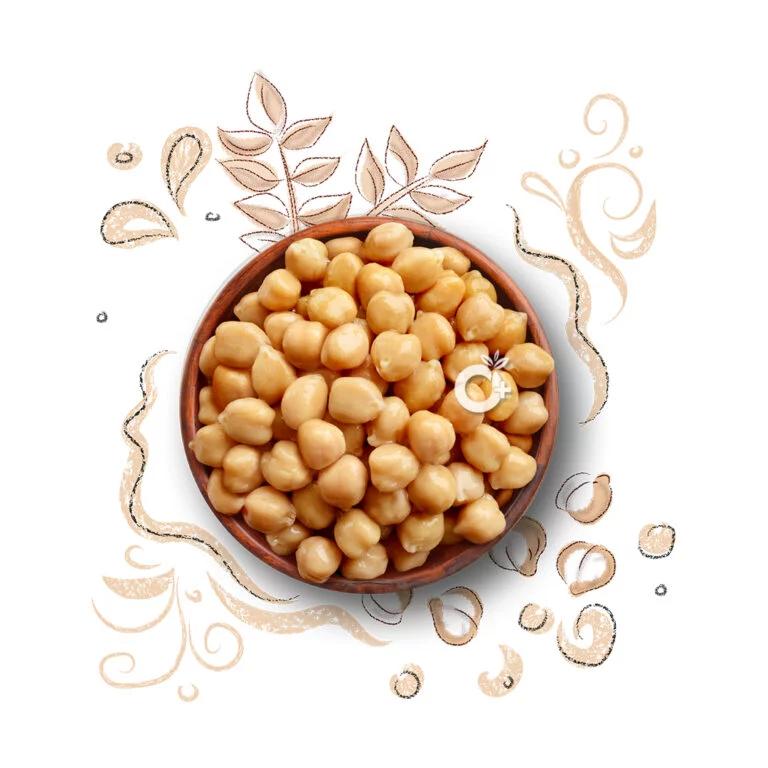
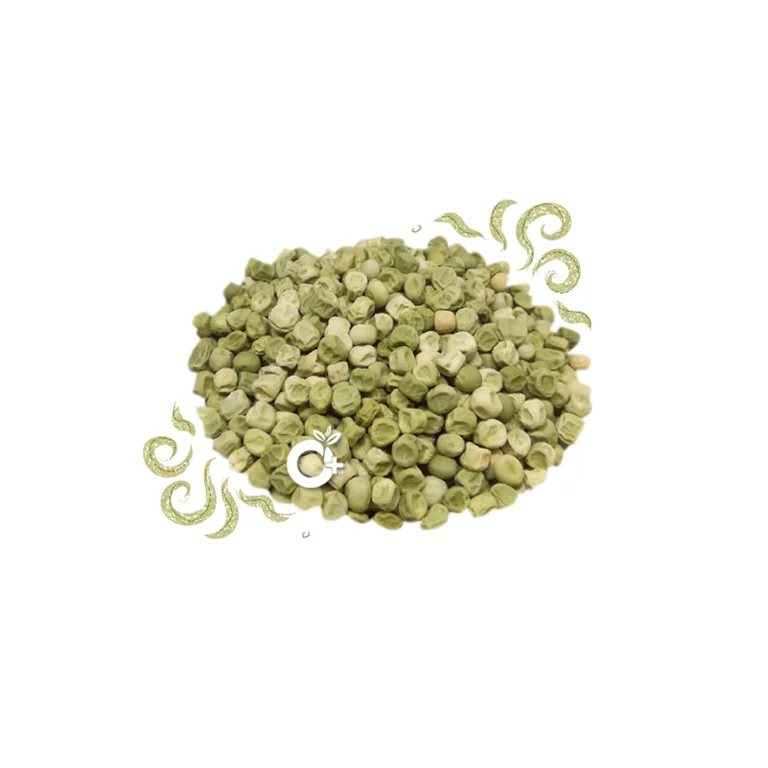


Reviews
There are no reviews yet.